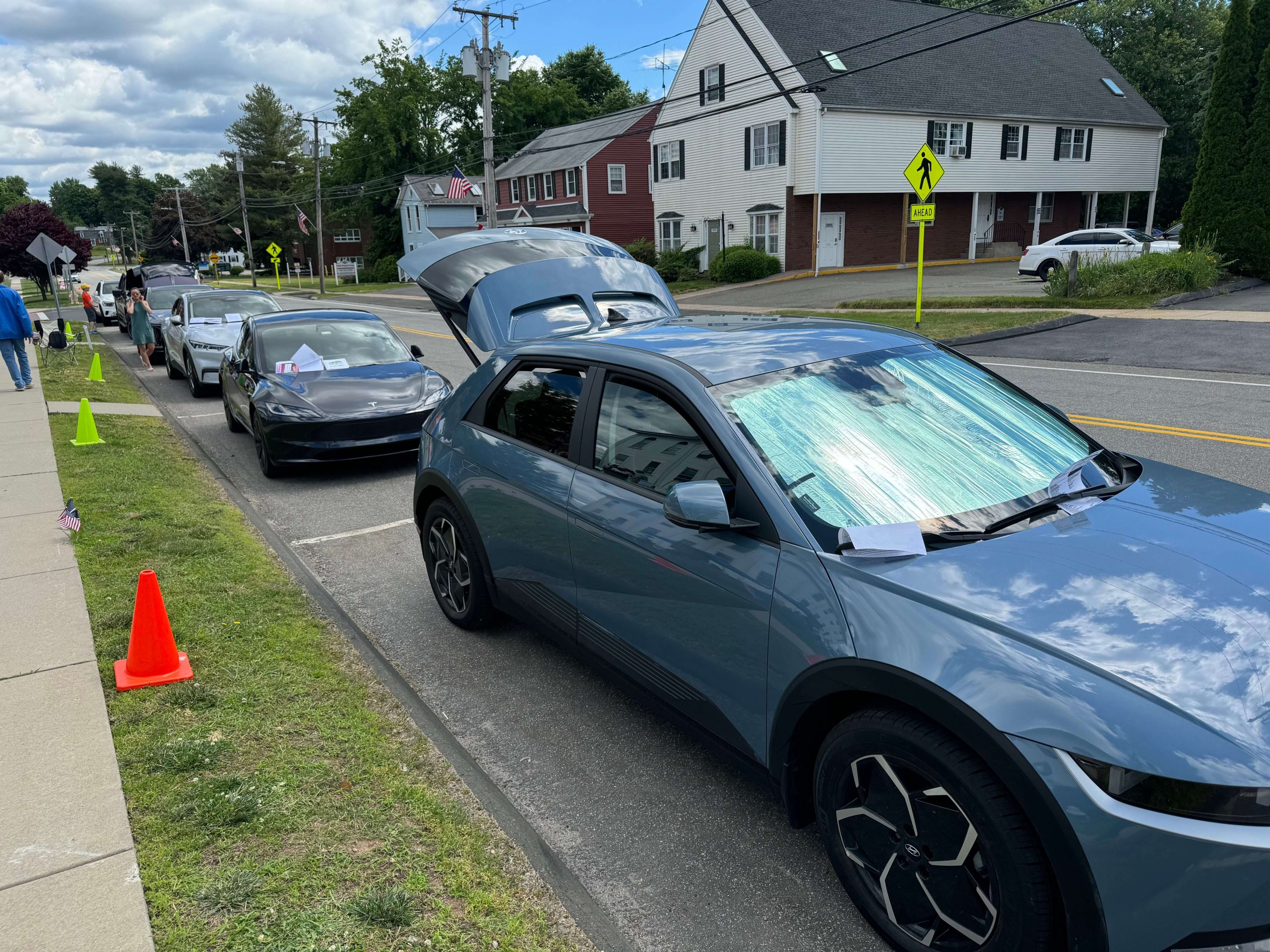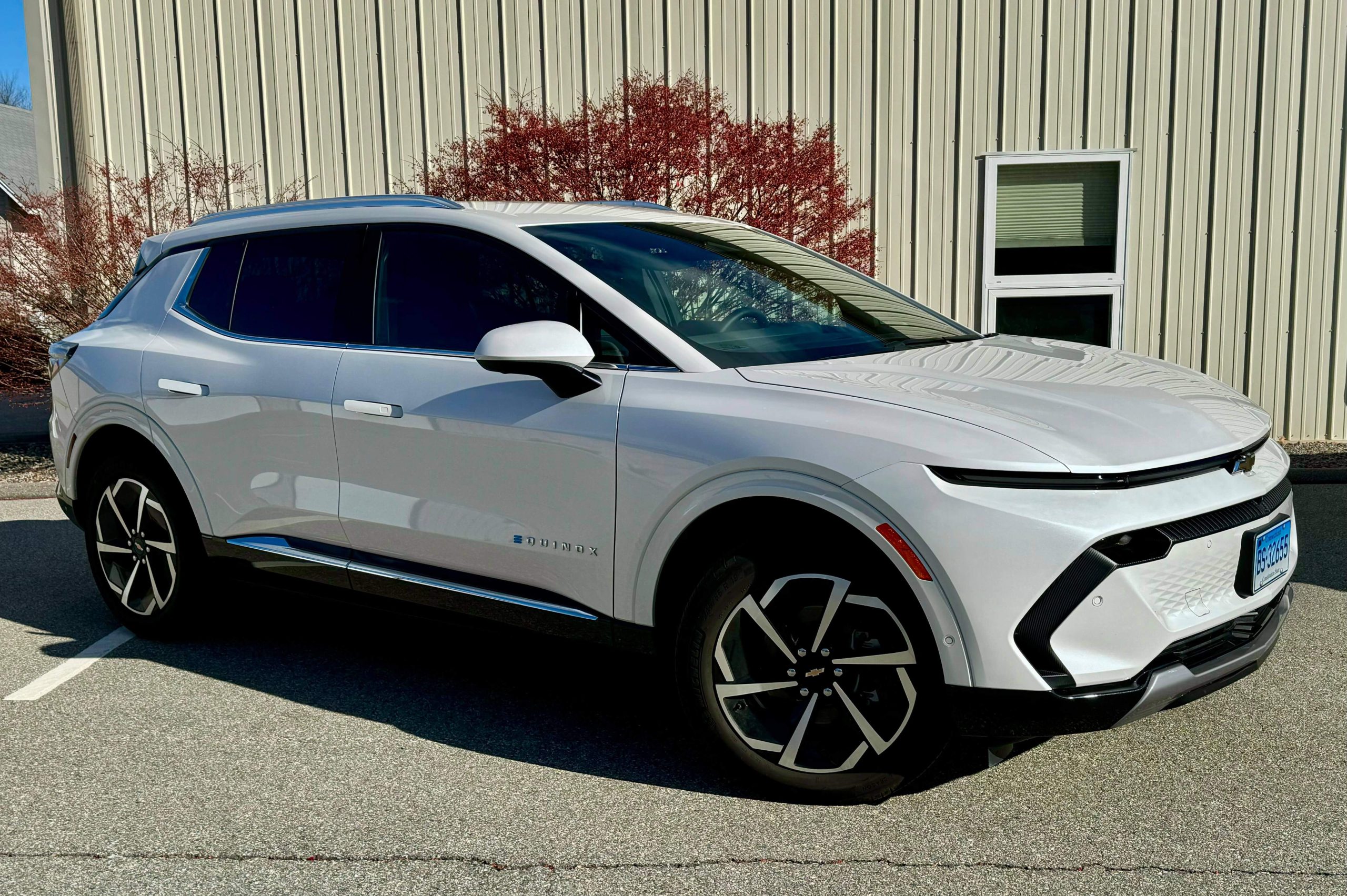Tesla Still Leads EV Registrations But By Smaller Margin
Total EV Registrations There are 67,656 registered EVs as of July 1, an increase of 11.8% from January. This level of increase is kind of “meh,” and won’t keep pace with the expansion of the … Read more










